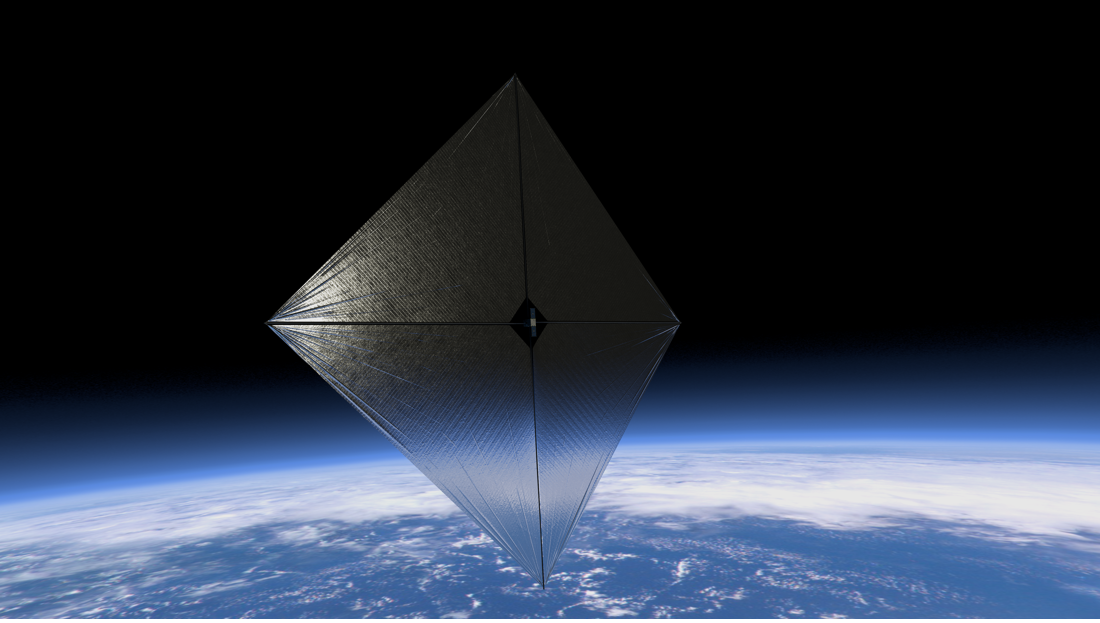- cross-posted to:
- astronomy@mander.xyz
- cross-posted to:
- astronomy@mander.xyz
@Rangelus@lemmy.nz You were curious about this.
Cheers mate. Neat stuff!
I wonder how much force a sail of that size is expected to produce?
I just did some quick maths (and assuming my formulas are correct), beaming at it with a 10 MW laser would cause it to speed up by 0.001 m/s² assuming the sail has 20 kg mass. So not very much, but also not nothing.
Can that calculation be done assuming conservation of momentum and the laser’s power?
How’d you calculate it? Does the area of the sail figure into your calculations?
Oh yes, of course:
I guess the formula to calculate the momentum p of light is p = E/c where c is the speed of light and E is the energy.
So, if the Energy is 10 MW, or alternatively, 10 MJ/sec, then E = 1e7 J. c = 3e8 m/s. p = E/c = 1e7/3e8 J/(m/s) = 1e7•1e-17/3e8 kg•(m/s)²/(m/s) = 3e-2 kg•(m/s).
(Since E = m•c², 1 kg • c² = 1 kg • (3e8 m/s)² = 1e17 kg•(m/s)².)
Now, if we assume that that momentum gets transferred to the sail, which weighs approximately 20 kg, then we get the velocity of the sail: v = p/20 kg = 3e-2 kg•(m/s)/20 kg ≈ 1e-4 m/s. And this transfer of momentum happens every second, so the acceleration is roughly 1e-4 m/s², or 0.001 m/s².


